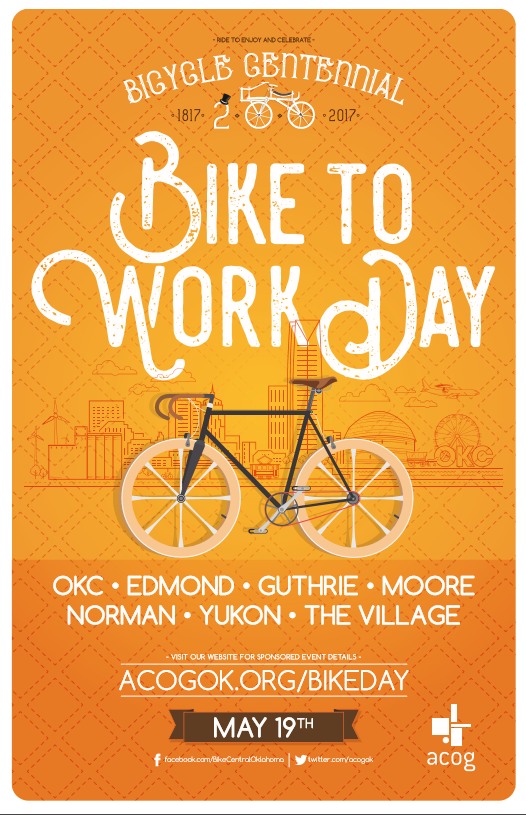From Bikes To Motors
Guest Post by Charlotte Adcock, Assistant Planner – Multimodal
The streets you drive on today are thanks, in part, to 19th and 20th Century cyclists. It is a fact that may be surprising but many of the elite motorists of the early days of cars had ties to bicycling. Louis Chevrolet, one of the founders of the Chevrolet car company started out by learning to repair bicycles. Even Henry Ford of the Ford Motor Company started building motorized vehicles based on the bike. According to Ford’s webpage, his first vehicle was a quadricycle powered by a four-horsepower engine. It was while these men were working on bicycles that they learned the basics of gears and mechanics which were then applied to the combustion engine later in their careers.
Bicylcing: From Elite to Working Class

Victorian portrait, man with a bicycle. Source
So why do we not hear about this more often? The first few models of the early bicycle were mainly used by enthusiasts, who were typically of the elite classes. Over time, the bike became more accessible to other classes, and by the 1930s, the bicycle became more associated with the working classes. Due to this, many of those in the elite class tried to scrub their cycling history from the record as they moved into the next new thing: the motor car. Many companies producing and repairing bicycles also went on to become noted automobile manufacturers. Louis Chevrolet, as mentioned before, was one such man. Even the famous Wright brothers were in the bicycle selling and repairing business, and owned several bike shops in Ohio.
As mentioned in our blog post about National Bike Month, bicycles were difficult to ride on the roads. Outside of the city, roads were still mostly dirt and gravel well into the early 1900s. Anyone who has driven some of the rural roads in Oklahoma understands how difficult it can be to traverse them. They are far more subject to weather conditions than asphalt or concrete. The Good Roads Movement was started in the 1880s by bicycle enthusiasts, clubs, and manufacturers. These groups of people came together to form the League of American Wheelmen (later known as League of American Bicyclists) and advocated for paved roads. While the promotion took a few decades, it ultimately led to America’s national system of highways.
Today, there is a lot of confusion about where a cyclist is meant to ride. Cyclists move faster than foot traffic but slower than motor traffic. So, where should they ride? According to Oklahoma State laws, “A vehicle is any device in, upon or by which any person or property is or may be transported or drawn upon a highway, excepting devices used exclusively upon stationary rails or tracks” but does not include implements of husbandry, electric personal assistive mobility devices, or motorized wheelchairs (Title 47 § 1-186). Cyclists of course want to feel safe while they ride. There are laws in Oklahoma that permit bicycles to ride on the road, however they also state that cyclists should ride as close as is safe to the right-hand curb or edge of the roadway (Title 47 § 11-1205).
We will cover the laws that apply to bicycles more when we discuss how to ride the city in a couple of weeks. For now, we want to hear from you. Do you have stories about riding on the road? Share them with us on our Facebook page!
Article Sources:
http://www.citylab.com/commute/2014/12/the-secret-history-of-cars-begins-with-bicycles/383254/
https://history.gmheritagecenter.com/wiki/index.php/History_of_Louis_Chevrolet
http://www.wright-brothers.org/History_Wing/Wright_Story/Career_Choices/Bicycle_Craze/Bicycle_Craze.htm
http://corporate.ford.com/history.html
http://www.oscn.net/applications/oscn/Index.asp?ftdb=STOKST47&level=1
http://bikeleague.org/content/mission-and-history

